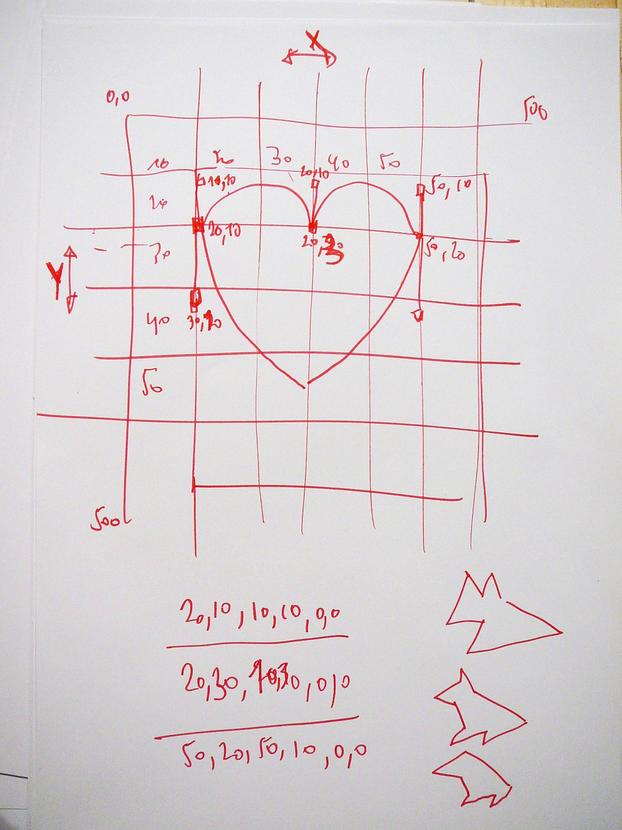
April 16, 2012
by jenseits
Other articles by jenseits
- The Thinking Body
- January 25, 2012 11:59 AM
- Albert Camus’ algorithm
- October 30, 2011 9:58 PM
- Pattern Recognition
- August 11, 2011 12:24 AM
- Statistical tables
- July 28, 2011 7:56 PM
- Uroboroses
- July 27, 2011 10:48 PM
- Talking of content
- June 8, 2010 9:05 PM
- The problem with web apps
- April 7, 2010 6:10 PM
jenseits’s comments
- Though I never get to any programming beyond installing the ... read more
- read more
- We can’t think death, we can’t conceive of what it ... read more
- Our brain can’t really deal with endings anyway. read more
- I loved the preface to SICP. You don’t need to ... read more
- There are several long standing clichees about the artist. She ... read more
Other writers
- glit
- jenseits
- habitus
- tellyou
- baseline
- bnf
Latest articles
- Hybrid Publishing Back To The Future Publishing Theses at the KABK
- May 10, 2018 10:07 AM
- Finding Red Letterboxes In Belgium
- May 10, 2018 10:05 AM
- The Underwater Screen Or Lessons From Wordperfect
- June 10, 2014 6:21 PM
- Hacker Culture and the Fear of WYSIWYG
- May 22, 2014 11:40 PM
- Graphic Design Is A Nostalgic Field
- February 19, 2014 7:02 PM
- Who gets to write the web: the power struggles around the standards
- November 20, 2013 9:08 PM
- ufo2otf Makes OTF’s, Webfonts and CSS From UFO’s
- November 5, 2013 8:57 PM
- No-one Starts From Scratch: Type Design and the Logic of the Fork
- October 9, 2013 8 PM
- I Need My Generic Font Medicine
- October 9, 2013 7:55 PM
- 48 Hours of Writing Stylesheets with Etherpad and a Gong
- October 8, 2013 8:06 PM
Latest Comments
- Eric: Testing comment functionality read more
- Sujon Ahmad: Keep it up read more
- Carly Durocher: I really like the stylized penrose triangle would you mind ... read more
- michaël: The recent evolution of MediaWiki is worth mentioning. One of ... read more
- jaromil: Check the Linux Action Show on Tomb https://www.dyne.org/software/tomb there can ... read more
- Ian Hickson: The member list is the one on the charter (it's ... read more
- habitus: Dear Ian, thank you for taking the time to respond. ... read more
- Ian Hickson: The part about the WHATWG membership is wrong. The WHATWG ... read more
- Erik: Good points. Also: writing UI is hard. read more
- Tolan Blundell: As someone who's written a moderately complex CMS from scratch ... read more

Well jenseits I would have liked some more context on the curves so here we go: bézier curves are a way of mathematically describing curved lines. In 1962 the French engineer Pierre Bézier brings them to the attention of the world—he uses them to design automobile bodies for Renault. In the age of the computer we use them all the time, as they are the most popular way to describe curves in vector graphics. The prevalent type being cubic bézier curves, where each point on the curve has a corresponding control point that controls the direction of that section of the path.
Reply
Check out ‘Bézier: prefab smoothness’, on page 12/13 of this 1989 booklet by LettError. The bézier is but one of the possible ways of describing a curve; it makes some shapes more easy to draw then others and as such has a marked influence on the kind of vector graphics we create.
Reply
Well there are also Spiro curves, which are super fun to use and quite a nice change from the bézier. If you use Inkscape, they are available as a path effect. From what I understand, they’re unlikely to spread more widely though: the algorithm is patented (its inventor allows exceptions for Open Source software like Inkscape). Doug from the W3C posts about Catmull-Rom curves, never used these though.
Reply
Heart Curve — from Wolfram MathWorld.
by ACJ - April 17, 2012 12 AM
Reply